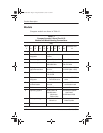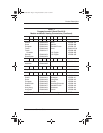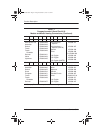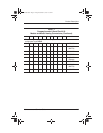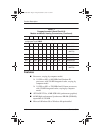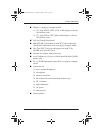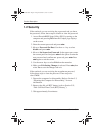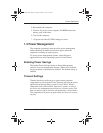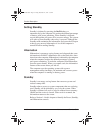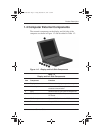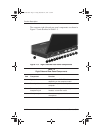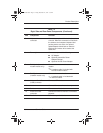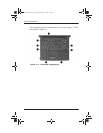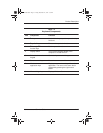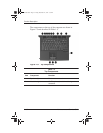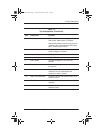
1–10 Maintenance and Service Guide
Product Description
Setting Standby
Standby is initiated by pressing the
Fn+F4
hotkeys or
automatically by the computer if it reaches the defined percentage
of battery pack power remaining. When Standby is initiated,
several subsystems will power off to conserve energy. The system
will wake up from Standby when a key is pressed. Although the
Standby mode maintains the information and opens the file upon
wake-up, any unsaved information is lost if the computer is
turned off before ending Standby.
Hibernation
Hibernation is an energy-saving feature and safeguard that saves
information in RAM to a hibernation file on the hard drive, then
shuts down the computer. Hibernation is initiated by the computer
when the computer reaches the defined percentage of battery
pack power remaining. To wake the computer from Hibernation,
press the power button. When you resume work, the information
returns to the screen where you left off.
The computer uses the operating system with a power
management utility that helps you maintain and conserve power
when the computer is running on battery power.
Standby
Standby is an energy-saving feature that conserves power and
reduces startup time.
Standby reduces power to system components that are not being
used. Standby can be initiated by you or by the system. When
Standby is initiated, all work is saved in random access memory
(RAM) and the screen is cleared. When work is resumed, the
information returns to the screen.
Refer to Section 1.4 in this chapter to identify the Power, Standby,
and Hibernation controls.
238850-003.book Page 10 Friday, December 21, 2001 2:53 PM



